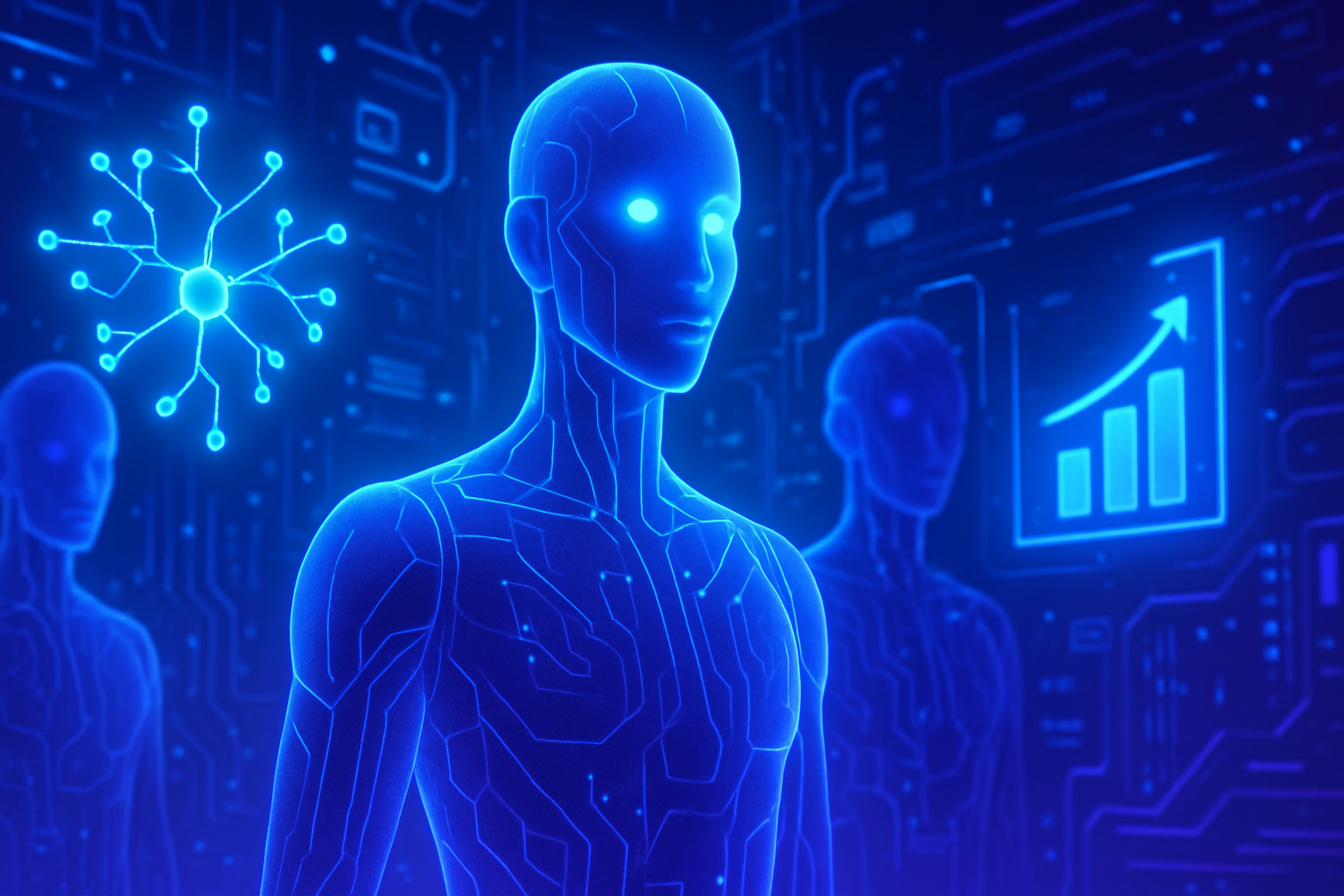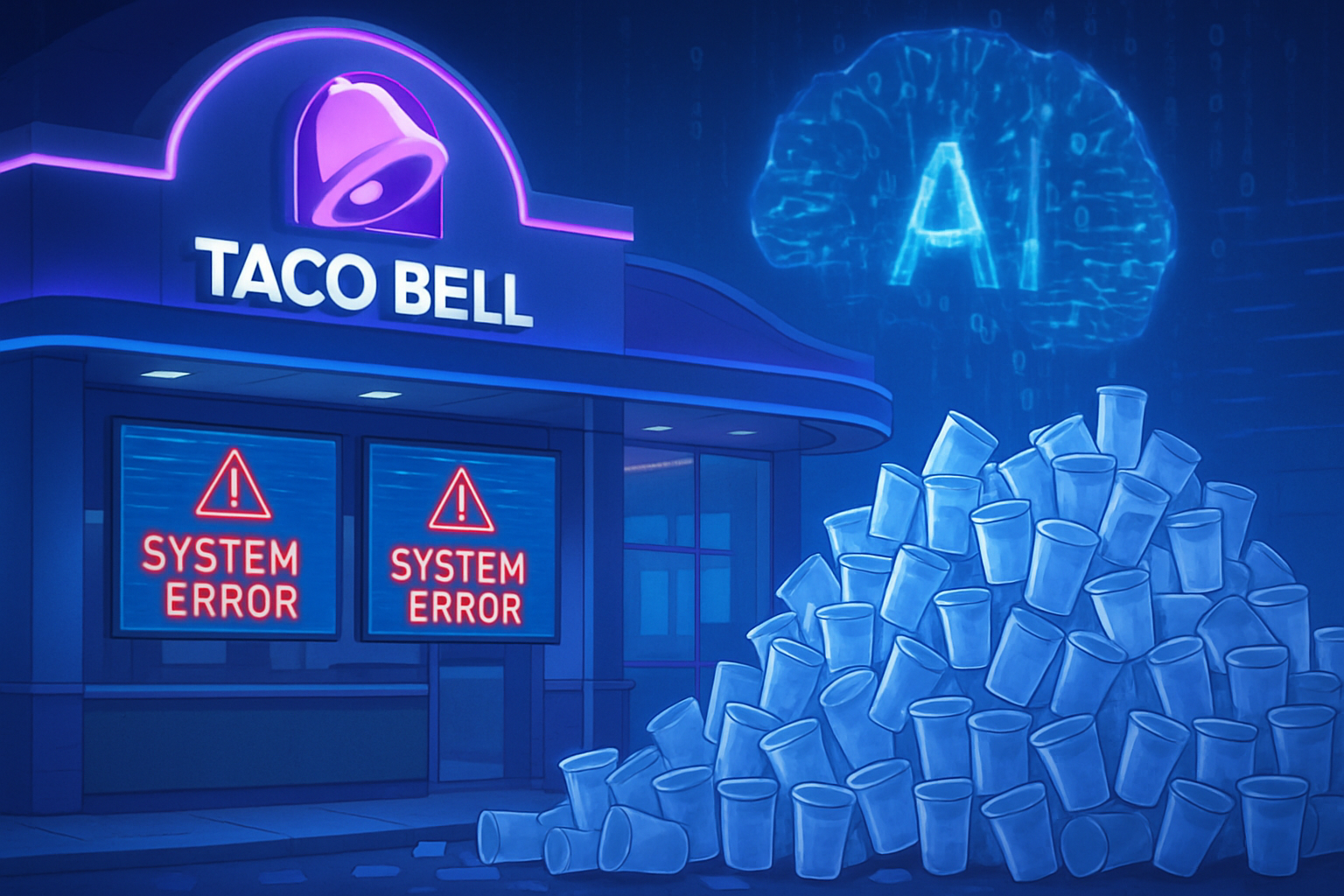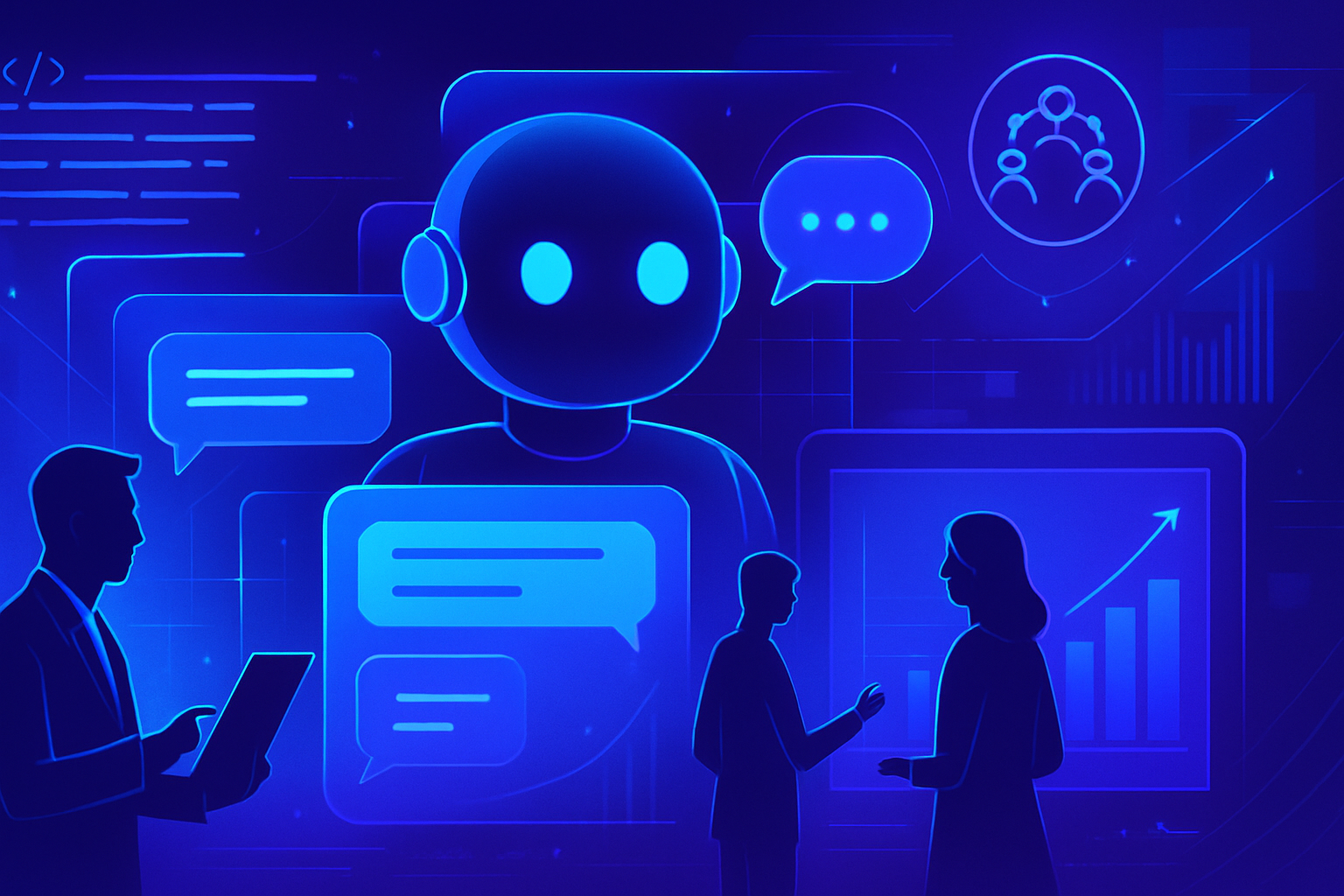The integration of artificial intelligence in the design of Apple’s chips raises fascinating issues. A major evolution is looming, marking a decisive turning point for the tech industry. The optimization of the design process of chips is taking on a new dimension, promising unprecedented efficiency. The increasing complexity of circuits requires innovative approaches, and AI proves to be the key to this transformation.
Apple’s strategies foreshadow a desire to gain total control, encompassing the entirety of the value chain. Apple’s ability to combine hardware and software through AI imposes a redefinition of industry standards.
Integration of Artificial Intelligence
Apple is actively exploring the application of generative artificial intelligence in the design process of its chips. Johny Srouji, head of Apple’s hardware division, revealed this initiative during a recent speech in Belgium. This approach aims to alleviate the complexities associated with integrated circuit design while optimizing the time necessary for their development.
Srouji emphasized that generative AI techniques hold high potential for increasing productivity by enabling designers to accomplish more work in a reduced timeframe. This innovation is part of the ongoing evolution of chips, making the design process increasingly sophisticated.
Collaborations with Software Providers
Apple’s reliance on tools from electronic design automation (EDA) companies has also been highlighted. Srouji’s claims demonstrate the crucial importance of this software for the creation of Apple chips. EDA giants, Synopsys and Cadence, are committed to enhancing their tools with AI capabilities, thereby facilitating design work.
An Overview of Technological Progress
Srouji shared an overview of Apple’s journey, from the design of the A4 chip for the iPhone 4 to the recent Vision Pro. Each new chip has proven Apple’s ongoing evolution in manufacturing custom integrated circuits, incorporating technological innovations to strengthen its product lineup.
Apple’s Perspectives on AI and Servers
At the end of 2024, Apple initiated a discreet project with its chip supplier Broadcom to develop its first AI server, internally known as “Baltra.” This processor is part of Apple’s ambitious plan to support more artificial intelligence services. This server is expected to play a key role in Apple’s private cloud infrastructure.
This approach will enhance the ability of devices to handle heavy AI workloads, optimizing the user experience while preserving data privacy.
Balancing Privacy and Performance
Apple seeks to strike a balance between user privacy and the implementation of advanced AI features. Some artificial intelligence tools will operate directly on devices, while others will depend on server architecture like Baltra. The initiative, referred to as “Private Cloud Compute,” aims to ensure the anonymization of information without requiring user login.
Challenges of AI-Assisted Design
As Apple further integrates AI into its design processes, the company will need to recruit specialized talent in the use of AI tools while seeking combined skills in hardware and machine learning. The manufacturing of chips like Baltra requires rigorous evaluation and extensive testing, even though Apple will continue to rely on partners, including TSMC, for production.
Evolution of Apple’s Hardware Strategy
Apple’s ability to take risks in its hardware innovation has already been proven, as illustrated by the transition of its Mac to Apple Silicon. Srouji shared that this transition had no fallback plan. This same mindset seems to govern the design of AI chips, where the company appears ready to invest in AI tools to refine its design process.
EDA companies, such as Synopsys and Cadence, play a crucial role in shaping the future of Apple’s initiatives. The constant enrichment of their software with AI features could transform the chip design landscape, making this task more efficient and less prone to errors.
As the Baltra project and other initiatives take shape, the path Apple is taking sets the stage for a company determined to enhance its technological autonomy, balancing technical sophistication and respect for privacy.
Common Questions about Apple’s Integration of Artificial Intelligence in Chip Design
How is artificial intelligence used by Apple in the chip design process?
Apple uses artificial intelligence techniques to simplify and speed up the chip design process, which reduces complexity while improving productivity.
What are the implications of using artificial intelligence for Apple’s chip design?
The integration of AI could allow Apple to create more efficient and tailored chips, while increasing development efficiency and reducing time to market.
What challenges does Apple face in integrating AI into its design processes?
The main challenges include the need for greater coordination between hardware and software, as well as dependence on third-party electronic design tools that must be equipped with suitable AI features.
What role do electronic design companies play in AI integration at Apple?
Electronic design companies, such as Synopsys and Cadence, develop tools that incorporate AI features, thereby facilitating the design process for Apple.
What new skills will Apple need to develop to leverage AI in chip design?
Apple will need to recruit engineers specialized in AI tools as well as experts in hardware and machine learning to optimize its chip design process.
What are Apple’s future projects regarding AI and chip design?
Apple has begun developing its own AI server, known as “Baltra,” to manage AI features in its cloud infrastructures, thereby reinforcing its technological sovereignty.
What impact does the use of AI have on user privacy at Apple?
Apple aims to balance AI innovation with privacy protection, committing to keep user data anonymous while enhancing the overall experience of its services.
Which Apple products will benefit most from the integration of artificial intelligence in chip design?
Products such as the iPhone, iPad, and Mac, along with new devices like the Vision Pro, are expected to benefit from improved performance and efficiency due to AI in chip design.






